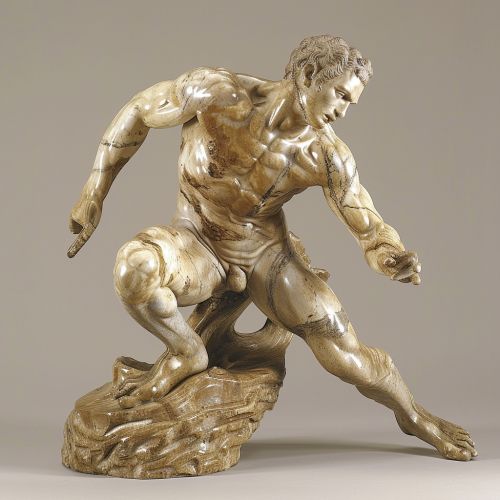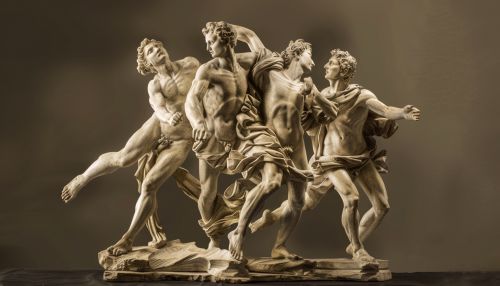Renaissance sculpture
Overview
The Renaissance period, spanning roughly from the 14th to the 17th century, marked a significant shift in the world of art, particularly in the realm of sculpture. Renaissance sculpture, a term used to describe the sculptures created during this period, is characterized by a return to classical themes, a focus on human anatomy, and a newfound emphasis on realism and naturalism.
Historical Context
The Renaissance era was a period of great cultural and intellectual upheaval in Europe. It marked a departure from the Middle Ages, a time when art was largely dominated by religious themes and a rigid, formal style. The Renaissance, in contrast, saw a renewed interest in the human form and the natural world, influenced by the rediscovery of ancient Greek and Roman texts and artifacts. This shift in focus had a profound impact on the field of sculpture, leading to the creation of some of the most iconic works of art in history.


Characteristics of Renaissance Sculpture
Renaissance sculpture is distinguished by several key characteristics, which set it apart from the art of previous eras.
Emphasis on Humanism
One of the defining features of Renaissance art is its emphasis on humanism. This philosophical movement, which placed human beings at the center of the universe, had a profound impact on the way artists approached their work. In the realm of sculpture, this meant a focus on the human form, with artists striving to depict the body in a realistic and naturalistic manner. This was a marked departure from the stylized and often abstract depictions of the human form that characterized Medieval art.
Return to Classical Themes
Another key characteristic of Renaissance sculpture is its return to classical themes. Inspired by the rediscovery of ancient Greek and Roman texts, artists began to incorporate classical themes and motifs into their work. This can be seen in the frequent depiction of mythological figures, as well as the use of classical architectural elements in sculpture.
Realism and Naturalism
Renaissance sculpture is also characterized by a high degree of realism and naturalism. Artists of this period sought to depict the world as it truly is, with all its imperfections and complexities. This can be seen in the detailed rendering of human anatomy, as well as the use of perspective and shadow to create a sense of depth and three-dimensionality.
Use of Bronze and Marble
Renaissance sculptors primarily worked with bronze and marble, materials that were favored for their durability and aesthetic qualities. Bronze was often used for statues and reliefs, while marble was typically reserved for larger, more monumental works.
Notable Renaissance Sculptors
Several artists stand out for their significant contributions to Renaissance sculpture.
Donatello
Donatello is often considered one of the pioneers of Renaissance sculpture. His work is characterized by a deep understanding of human anatomy, a realistic portrayal of emotion, and a masterful use of perspective. His bronze statue of David is often cited as the first freestanding nude male sculpture of the Renaissance.
Michelangelo
Perhaps the most famous of all Renaissance sculptors, Michelangelo is known for his monumental marble sculptures, most notably the Pieta and David. His work is characterized by a remarkable attention to detail, a deep understanding of human anatomy, and a powerful emotional intensity.
Gian Lorenzo Bernini
While technically part of the Baroque period, Gian Lorenzo Bernini's work is often associated with the Renaissance due to its classical themes and emphasis on realism. Bernini is known for his dynamic, lifelike sculptures, which often depict dramatic scenes from mythology or religion.
Impact and Legacy
The impact of Renaissance sculpture cannot be overstated. It marked a turning point in the history of art, paving the way for subsequent movements such as Mannerism, Baroque, and Rococo. The emphasis on realism, humanism, and classical themes that characterized Renaissance sculpture continues to influence artists to this day.
